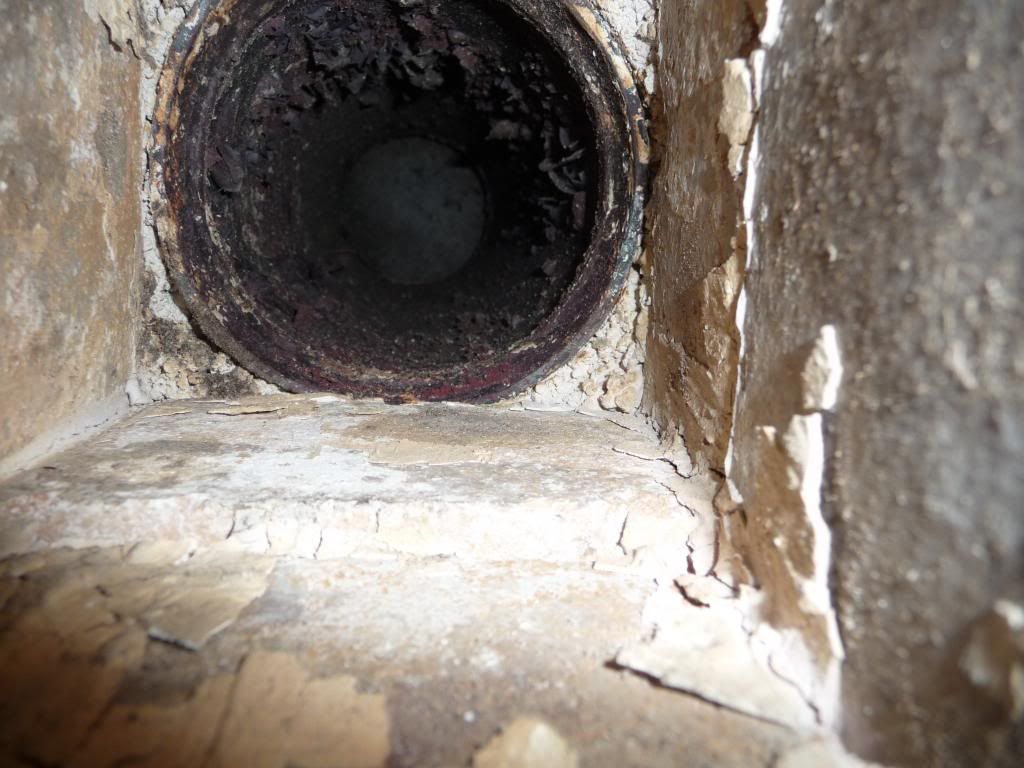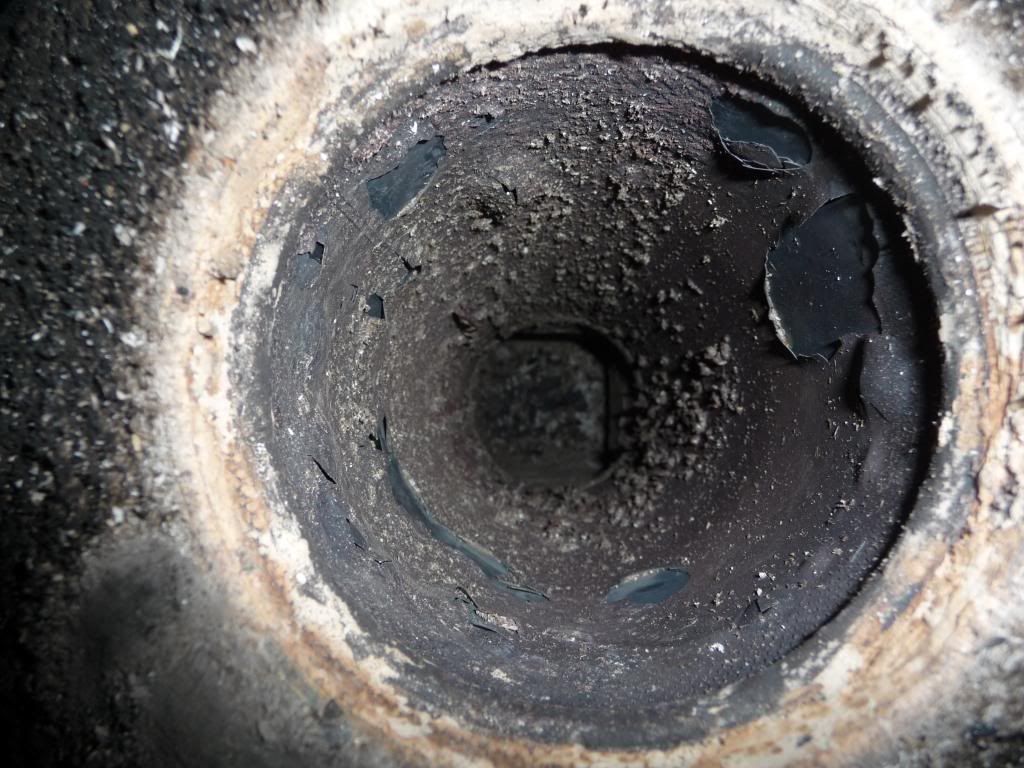I can't help you with the mass part since I am pretty new at this and haven't started fooling with masses yet.
On the previous, your dimensions sound OK to me, having a big gap between the insulation and the barrel should help your immediate radiance at the expense of less heat in the mass. If you want less radiance and more calories in the mass, yup, you might close down the gap between your riser and barrel some more.
1. How does the J tube run with no barrel on it? I _think_ the combustor length versus riser height is gonna be kinda flexible as long as the riser height v- feed tube height is good. Are you losing heat from the sides of the combustor that therefore isn't getting through the barrel into your mass?
2. How does the J tube with no barrel on it run with kiln dried dimension lumber stored indoors? I mean not a 2x4 you pulled out of a snow bank 2 minutes ago, but rather a 2x6 that's been in your garage a couple weeks? No offense, many folks local to me think their wood is much drier than it really is. Kiln dried lumber stored in your house should be at 7-10% moisture content. If your J runs good on kiln dried you may wanna take a moisture meter to your wood pile. No offense. I should save this paragraph to my desktop so I can copy/paste it over and over. None of my J's run worth a plugged nickel with wood over about 15-18% (give or take) MC.
2a. How small are your splits? It seems to me the question isn't how much mass can you fit in the feed tube, but rather how much surface area of wood can you expose to flame. I am kicking around the idea of buying a bunch of fireplace matches, cutting a kitchen match length off the business end and then seeing how those little sticks with no heads on them burn in the J tube.
3. If your J runs great with the barrel on it for 30-60 minutes and then starts smoking, you might oughta upgrade the insulation between your riser and your barrel. Sounds like this isn't a fertile field of inquiry.
4. Can you rig a chimney straight to the barrel outlet and run just that part, bypassing the mass?
Sorry, that's all I got.
EDIT: I had the photobucket album open the whole time I was typing and finally looked it over. I think your sticks are way too big. Starting with a 2x2, split that sucker into quarters. I agree that you aren't getting secondary combustion. Starting from dry 2x you oughta be. Besides splitting those things smaller, try keeping them away from the corner where the feed tube meets the combustion chamber, and try to add more wood so the feed tube is 1/2 to 2/3 occupied by wood. Your welds look good- if it wasn't for that green stuff in your yard I would think you lived close enough to come over and help me out.
Looking at 'J tube smoking" especially I think your combustion chamber length is fine, but you don't have enough wood in there and the pieces you have in there, I think, are too big. And they are at an angle. Try stoking that thing vertical, put the end of every fresh piece of wood into the beautiful ash pit you built that I lust for. Go for nothing bigger in cross section than your pinky finger, fill that vertical tube with vertical pieces to 60-70% of the CSA of the feed tube and see if it doesn't take off. That's gonna be a rip-snorter when you get it fully stoked.
If you are coming from box type stoves you gotta make a leap. A properly stoked rocket is the same as a dangerously overstoked box stove. I would estimate properly stoked your neighbors will be coming out on their porches to look for low flying jet airplanes. Looking forward to more pictures.
EDIT II: Please do peruse this thread to see what I do know. If I had your J tube in my yard the little old lady who over reacts too late that lives three doors down from me? She would be dialing 911...on Alaskan poplar. If you can come up with some really really dry white oak you are going to be out on your front porch in shorts and a Hawaiian shirt with a frozen blender drink in your hand to take a break from the heat in your house.
https://permies.com/t/30134/rocket-stoves/prototyping-stove-running-variables#234497 



































 with a sand paper pad on an angle grinder? As I said, heat on steel with a dirty surface is much different than on clean / shinny surface.
with a sand paper pad on an angle grinder? As I said, heat on steel with a dirty surface is much different than on clean / shinny surface.























